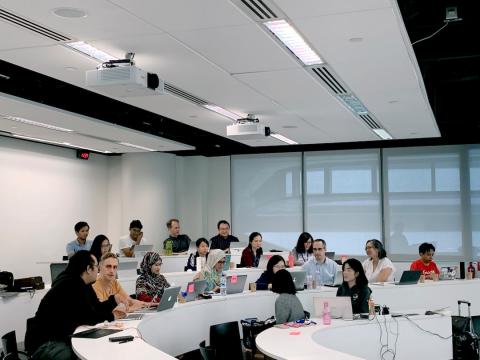Spending Habits of Modern College Students
May 23,2024
College life is often synonymous with tight budgets, yet students today manage to spend money on various essentials and non-essentials. Understanding where college students allocate their funds provides insight into their priorities, challenges, and lifestyle choices. Let's delve into how and where current college students spend the most money.
Tuition and Academic Expenses
1. Tuition and Fees
- Significance: Tuition remains the most substantial expenditure for college students. The cost of attending college varies widely based on whether the institution is public or private, in-state or out-of-state, and undergraduate or graduate level.
- Trend: Rising tuition fees have become a significant burden, often necessitating student loans and scholarships.
2. Textbooks and Supplies
- Significance: Textbooks, lab materials, and other academic supplies are essential yet often overlooked costs. On average, students can spend hundreds to thousands of dollars annually on these items.
- Trend: The high cost of textbooks has led to increased use of rental services, digital books, and open educational resources.
Housing and Living Expenses
1. Housing
- Significance: After tuition, housing is the second-largest expense. Whether living on-campus, off-campus, or at home, students incur substantial costs for accommodation.
- Trend: Off-campus housing is popular but can be costly, leading many students to share apartments or houses to reduce expenses.
2. Utilities and Internet
- Significance: Utility bills, including electricity, water, and internet, add to the monthly living costs. Reliable internet is particularly crucial for academic and social activities.
- Trend: As remote learning and digital resources become more prevalent, investment in high-speed internet has increased.
3. Food and Groceries
- Significance: Food is a daily necessity. Students spend on meal plans, groceries, and dining out.
- Trend: While meal plans offer convenience, many students opt for cooking at home to save money. However, dining out remains a popular social activity, contributing to higher expenses.
Transportation
1. Personal Vehicles
- Significance: For those who own cars, expenses include fuel, maintenance, insurance, and parking fees.
- Trend: The cost of owning and maintaining a vehicle can be high, prompting some students to rely on public transportation or bike sharing programs.
2. Public Transportation
- Significance: Many students use buses, subways, and trains to commute to campus.
- Trend: Public transportation passes and ride-sharing services like Uber and Lyft are common expenses, especially in urban areas.
Technology and Gadgets
1. Laptops and Tablets
- Significance: Essential for coursework, research, and communication, tech gadgets are a significant investment.
- Trend: Frequent upgrades and the need for reliable, high-performance devices contribute to ongoing expenses.
2. Software and Subscriptions
- Significance: Software for coursework, cloud storage, and subscriptions to academic journals or study aids are necessary expenses.
- Trend: Subscription services for music, streaming, and other entertainment also add to monthly costs.
Personal Care and Health
1. Health and Wellness
- Significance: Health insurance, medical expenses, and wellness activities are crucial for maintaining physical and mental health.
- Trend: Increasing awareness of mental health has led to higher spending on counseling, fitness memberships, and wellness programs.
2. Clothing and Personal Items
- Significance: Clothing, toiletries, and personal care items are regular expenditures.
- Trend: Students balance between budget-friendly options and occasional splurges on fashion and beauty products.
Social and Recreational Activities
1. Entertainment and Socializing
- Significance: Social activities, including movies, concerts, and dining out with friends, are a significant part of college life.
- Trend: The experience economy has grown, with students willing to spend on events and experiences that create lasting memories.
2. Travel and Leisure
- Significance: Weekend getaways, holiday trips, and spring break vacations are popular among students.
- Trend: Travel expenses can be high, leading students to seek discounts and budget-friendly travel options.
Financial Management
1. Savings and Investments
- Significance: While many students struggle to save, those who can often put money aside for emergencies or future investments.
- Trend: Savings accounts, stock market investments, and cryptocurrencies are becoming more common among financially savvy students.
2. Debt Repayment
- Significance: Students with credit card debt or loans often allocate part of their budget to repayments.
- Trend: Managing debt while in college is crucial to prevent financial burdens post-graduation.
Modern college students face a diverse array of expenses, balancing essentials like tuition, housing, and food with discretionary spending on technology, social activities, and personal care. Understanding these spending patterns highlights the financial pressures and priorities of today’s students, emphasizing the need for effective budgeting and financial planning to navigate college life successfully.






